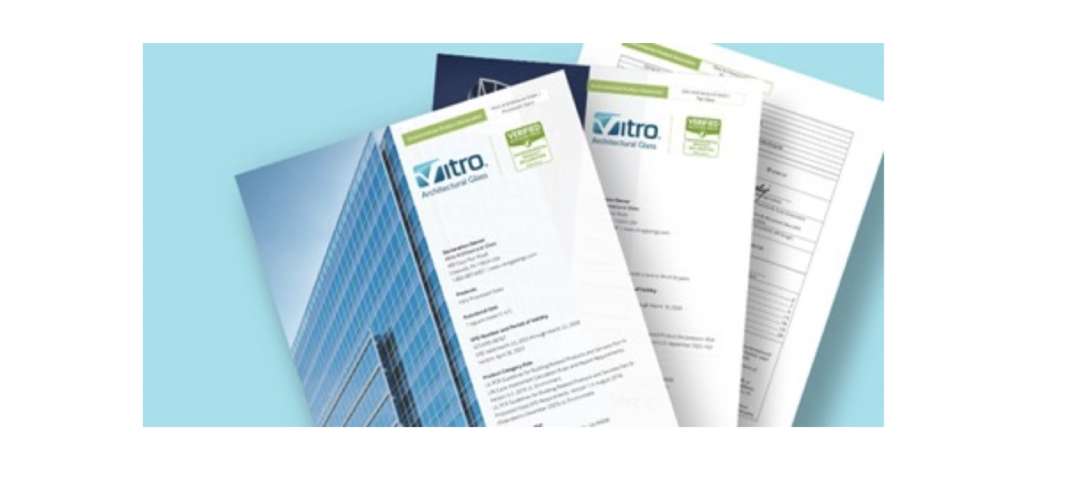Wired glass was the only fire rated glass (FRG) product available for over 100 years. In traditional wired glass, the embedded wires hold annealed glass in place during the fire test to achieve a fire rating. While the wires give the illusion of increased strength and impact resistance, the opposite is true. Wired glass is not safety glazing. The wires actually weaken the glass, making it half as strong as ordinary window glass. Wired glass breaks easily on human impact, exposing razor sharp wires that can trap a victim’s limb in the opening and increase the severity of the injury. Alarmingly, wired glass is the most commonly used FRG product found in educational facilities, leading to over 2,500 wired glass impact injuries in schools every year. In 1977, the Consumer Product Safety Commission (CPSC) enacted a federal safety glazing standard (16 CFR 1201) to protect people from injury due to accidental impact with glazing. The building codes apply the CPSC standard to require that glazing used in hazardous locations, such as doors and sidelites, must meet minimum Category I and II impact standards, depending on the size of the glazing panel. Smaller glazing panels in sizes up to 1296 square inches must meet the Category I impact test of 150 ft. lbs. Larger glazing panels must meet the higher Category II standard impact test of 400 ft. lbs. of impact resistance. At the time the federal standard was enacted, wired glass manufacturers alleged they lacked the technology make a fire rated product that could meet the new CPSC standards. Since wired glass was the only FRG product available in 1977, the IBC granted wired glass a temporary exemption from meeting the CPSC standard. This exemption allowed wired glass used in fire assemblies to meet a lower ANSI Z97.1 impact standard of 100 ft. lbs., which the CPSC acknowledged was inadequate to protect anyone except children under five. For more information, click on the link below.
Related Stories
Products and Materials | Feb 29, 2024
Top building products for February 2024
BD+C Editors break down February's top 15 building products, from custom-engineered glass bridges to washroom accessories.
Products and Materials | Jan 31, 2024
Top building products for January 2024
BD+C Editors break down January's top 15 building products, from SloanStone Quartz Molded Sinks to InvisiWrap SA housewrap.
75 Top Building Products | Dec 13, 2023
75 top building products for 2023
From a bladeless rooftop wind energy system, to a troffer light fixture with built-in continuous visible light disinfection, innovation is plentiful in Building Design+Construction's annual 75 Top Products report.
Sponsored | MFPRO+ Course | Oct 30, 2023
For the Multifamily Sector, Product Innovations Boost Design and Construction Success
This course covers emerging trends in exterior design and products/systems selection in the low- and mid-rise market-rate and luxury multifamily rental market. Topics include facade design, cladding material trends, fenestration trends/innovations, indoor/outdoor connection, and rooftop spaces.
Products and Materials | Aug 31, 2023
Top building products for August 2023
BD+C Editors break down 15 of the top building products this month, from frameless windscreens to smart fixture mount sensors.
Glass and Glazing | Aug 25, 2023
Vitro Architectural Glass Lowers Embodied Carbon Further, Releases NEW Environmental Product Declarations
Vitro Architectural Glass (formerly PPG Glass) has published updated versions of its Environmental Product Declarations (EPDs) for both flat and processed glass. These updates reaffirm that Vitro’s glass products contain less embodied carbon than the industry standard for architectural glass products and indicate a lower embodied carbon value than previously reported in 2017 editions of these EPDs.
Fire-Rated Products | Aug 14, 2023
Free download: Fire-rated glazing 101 technical guide from the National Glass Association
The National Glass Association (NGA) is pleased to announce the publication of a new technical resource, Fire-Rated Glazing 101. This five-page document addresses how to incorporate fire-rated glazing systems in a manner that not only provides protection to building occupants from fire, but also considers other design goals, such as daylight, privacy and security.
Building Materials | Jun 14, 2023
Construction input prices fall 0.6% in May 2023
Construction input prices fell 0.6% in May compared to the previous month, according to an Associated Builders and Contractors analysis of the U.S. Bureau of Labor Statistics’ Producer Price Index data released today. Nonresidential construction input prices declined 0.5% for the month.
Cladding and Facade Systems | Jun 5, 2023
27 important questions about façade leakage
Walter P Moore’s Darek Brandt discusses the key questions building owners and property managers should be asking to determine the health of their building's façade.
Codes | Mar 2, 2023
Biden Administration’s proposed building materials rules increase domestic requirements
The Biden Administration’s proposal on building materials rules used on federal construction and federally funded state and local buildings would significantly boost the made-in-America mandate. In the past, products could qualify as domestically made if at least 55% of the value of their components were from the U.S.

















